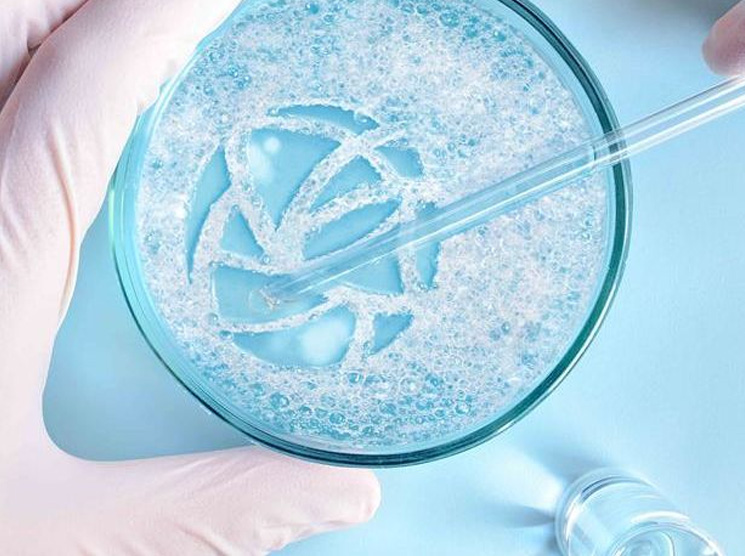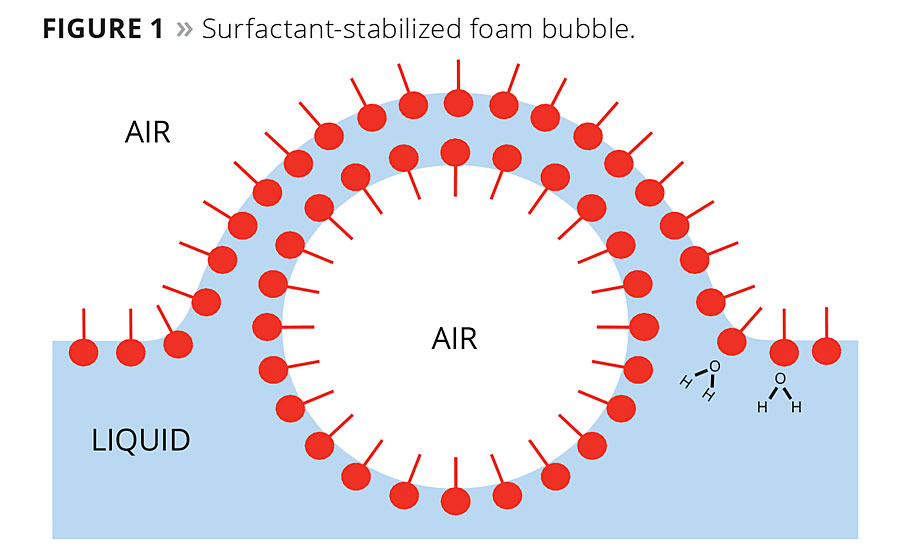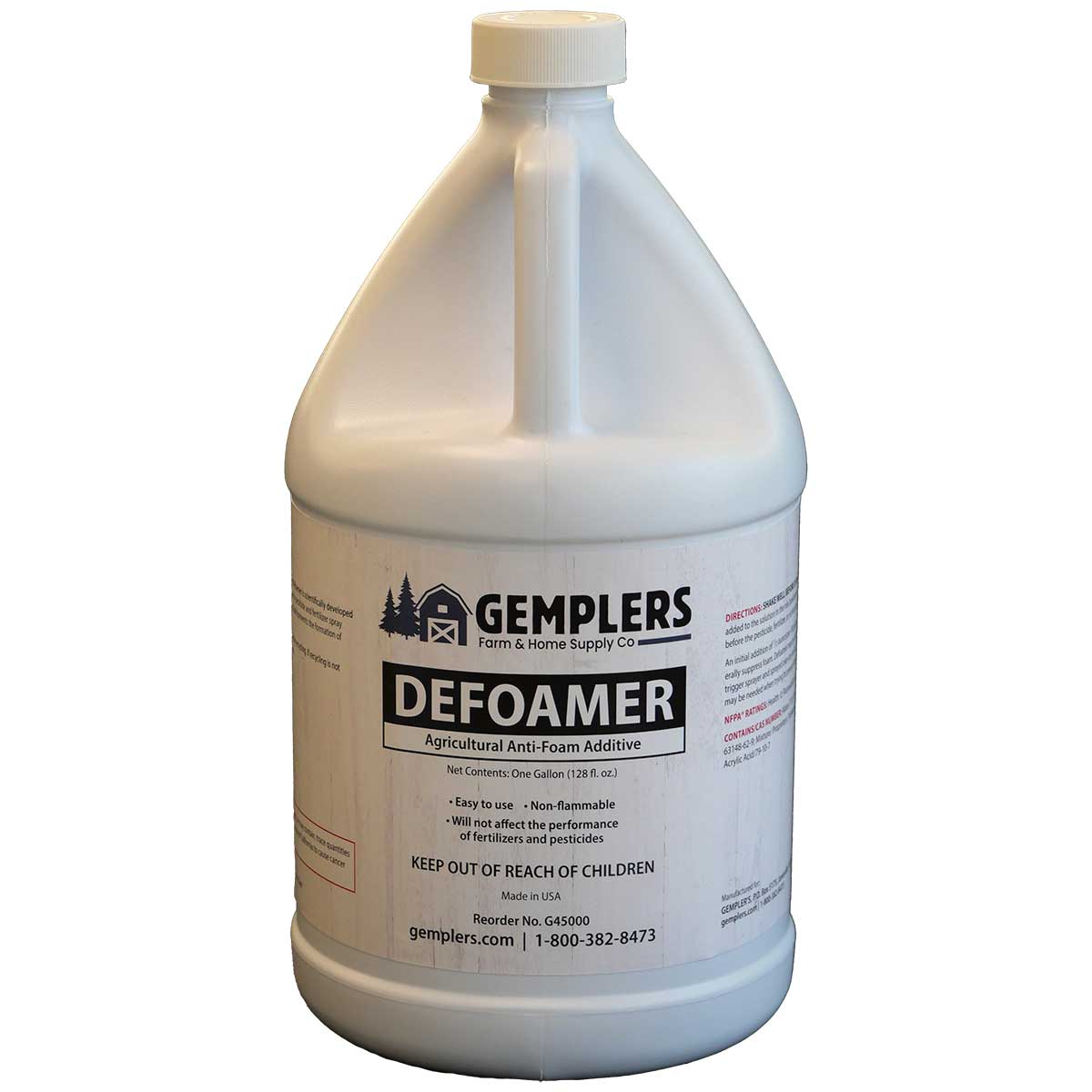Choosing the Right Defoamers for Your Industry Needs
The Function of Defoamers in Enhancing Product Top Quality and Performance
In various making processes, the visibility of foam can substantially prevent product top quality and operational performance. Defoamers work as important ingredients that alleviate this issue, making certain smoother manufacturing workflows while improving the visual and practical qualities of the final items (defoamers). Their application covers a plethora of sectors, from food and drink to drugs, where uniformity and reliability are extremely important. Nevertheless, the selection of the appropriate defoamer can be crucial to attaining optimal results, elevating important inquiries about formula compatibility and efficiency metrics that merit more exploration.
Understanding Defoamers
Understanding the role of defoamers is important for preserving item top quality throughout numerous sectors. Defoamers are chemical additives made to avoid the formation and decrease of foam in liquid systems, which can adversely influence procedures such as blending, loading, and surface area stress. Frothing can cause ineffectiveness, product defects, and compromised visual allure, making defoamers a vital component in manufacturing procedures.
In industrial applications, defoamers aid to improve product uniformity and stability. The efficient use of defoamers not just ensures smoother manufacturing processes yet likewise contributes to premium product efficiency.
Moreover, the selection and solution of a defoamer must straighten with specific application demands, such as compatibility with other ingredients, efficiency under varying temperature level and pH problems, and possible regulatory restrictions. Inevitably, comprehending defoamers' features and their significance in numerous formulations is critical for optimizing production and guaranteeing the highest possible quality final product.
Kinds of Defoamers
Defoamers can be classified right into several kinds based on their make-up and device of activity. The key types include silicone-based, non-silicone organic, and not natural defoamers.
Silicone-based defoamers are amongst the most effective, mostly as a result of their capability to spread swiftly on the fluid surface area and interrupt foam development. Their unique chemical structure enables superior stability, making them ideal for high-temperature applications and environments with differing pH degrees.
Non-silicone organic defoamers, frequently composed of fatty acids or all-natural oils, are valued for their biodegradability and reduced poisoning. These are typically used in food and beverage applications where safety and ecological influence are vital.
Not natural defoamers, which consist of materials like talc or calcium carbonate, act by increasing the thickness of the liquid, thus minimizing foam security. They are usually utilized in commercial procedures where compatibility with various other materials is not a problem.
Each kind of defoamer has distinctive benefits and restrictions, enabling customized remedies depending upon the specific foaming concerns encountered in numerous applications. Recognizing these distinctions is important for enhancing efficiency and achieving wanted item high quality.
Applications Throughout Industries
Countless markets leverage defoamers to enhance item top quality and functional effectiveness. In the food and beverage sector, defoamers are crucial in procedures such as developing and dairy manufacturing to avoid foam formation, which can cause inadequacies and product inconsistency. By regulating foam, makers can guarantee far better yield and an extra uniform product.
In the pharmaceutical industry, defoamers play a vital function in the formulation of fluid drugs, where extreme foam can impede mixing and exact dosing. her comment is here Their use aids preserve the honesty of the formulations and promotes smoother manufacturing procedures.
The paint and finishings industry likewise depends on defoamers to enhance the efficiency of products throughout application. By minimizing foam, these additives guarantee a smoother finish and boost the aesthetic top qualities of the final product.

Advantages of Using Defoamers
While the application of defoamers varies across markets, their advantages consistently improve product top quality and procedure performance. One substantial benefit is the reduction of foam formation throughout manufacturing procedures, which can otherwise result in manufacturing hold-ups and variances in item top quality. By decreasing foam, defoamers enable a smoother flow of products, promoting a lot more effective operations and decreasing the possibility of equipment breakdowns.
Furthermore, the usage of defoamers can boost the look and structure of end products. In markets such as coatings, paints, and food processing, too much foam can jeopardize the aesthetic appearances and general top quality, while the proper defoamer application guarantees a consistent surface and preferable characteristics. Defoamers can contribute to set you back financial savings by reducing waste throughout production and maximizing the use of raw products.

Choosing the Right Defoamer
Picking the best defoamer is critical for optimizing production procedures and ensuring product quality. The option of defoamer influences not only the effectiveness of foam control but also the total performance characteristics of the end product. Variables to think about include the kind of application, the chemistry of the formulation, and the environmental problems under which the product will certainly be used.
Different industries might require certain defoamer kinds, such as silicone-based, natural, or polymeric defoamers. Comprehending the compatibility of the defoamer with the primary active ingredients is essential to avoid adverse responses imp source that might endanger item integrity. In addition, the defoamer's effectiveness in various temperature levels and pH levels should be examined to make certain constant performance.
Checking the defoamer in small-scale applications can give beneficial understandings into its efficiency and viability. i thought about this Consideration of governing conformity, particularly in food, drugs, and cosmetics, is paramount in picking a defoamer. Eventually, a thorough evaluation of these variables will certainly cause the selection of a defoamer that not only controls foam successfully yet likewise enhances the top quality and efficiency of the end product.
Final Thought

In verdict, defoamers are vital ingredients that considerably improve item quality and efficiency throughout various industries. The calculated selection and application of defoamers lead to cost savings, maximized resource use, and raised client contentment.
Frothing can lead to ineffectiveness, item problems, and jeopardized aesthetic allure, making defoamers an important part in producing operations.
